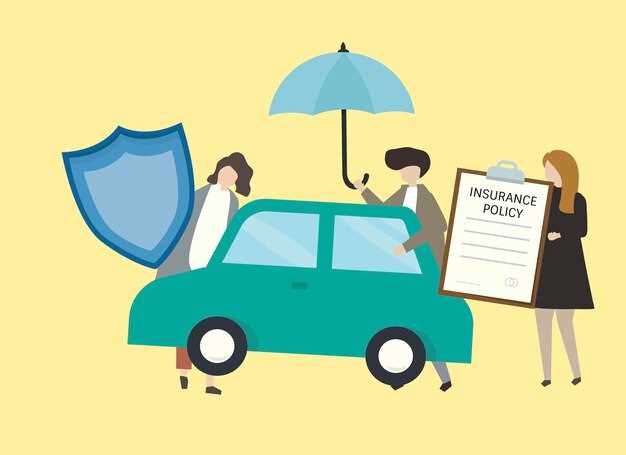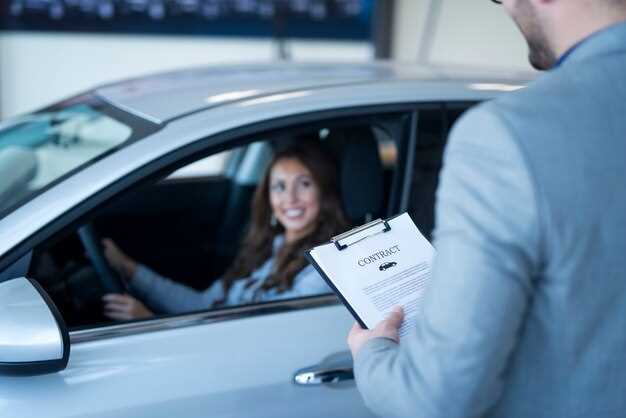
When it comes to owning and operating a vehicle, understanding the various types of insurance coverage is essential for every driver. Among these types, vehicle liability coverage stands out as a critical component of any auto insurance policy. This coverage serves multiple purposes, primarily protecting drivers from financial repercussions arising from accidents they cause. Grasping the nuances of liability coverage can help vehicle owners make informed decisions about their insurance needs.
Liability coverage can be divided into two main categories: bodily injury liability and property damage liability. Bodily injury liability covers the costs associated with injuries to other people, including medical expenses, lost wages, and pain and suffering, when the insured is at fault in an accident. On the other hand, property damage liability addresses costs incurred by damage to another person’s property, such as their vehicle or any other assets involved in the incident. This dual protection is crucial, as it not only safeguards your financial stability but also ensures that victims of car accidents receive the necessary support.
Many states mandate a minimum level of liability coverage, but this requirement often falls short of covering the true costs of an accident. Consequently, drivers should carefully assess their coverage limits. Choosing limits that adequately reflect individual circumstances–such as income, asset value, and risk tolerance–can provide added peace of mind on the road. Additionally, understanding the specific terms and conditions of your liability coverage can prevent unpleasant surprises in the event of an accident, ensuring that you are well-prepared when it matters most.
Key Components of Liability Coverage in Auto Insurance

Liability coverage in auto insurance consists of several critical components that determine the extent of financial protection available to policyholders in the event of an accident. Understanding these components can help drivers make informed decisions when selecting their insurance policies.
The first key component is bodily injury liability. This aspect covers medical expenses, lost wages, and even pain and suffering for individuals injured in an accident caused by the policyholder. Insurers typically provide limits for bodily injury per person and per accident, which indicates the maximum amount that will be paid out.
The second component is property damage liability. This coverage pays for repairs or replacement of another person’s property, such as vehicles, buildings, or other structures that may be damaged in an incident. Just like bodily injury, property damage has a specified limit that dictates the insurer’s financial responsibility.
Another critical component is the state’s minimum liability requirements. Each state has established legal minimums for liability coverage, which drivers must meet to operate a vehicle legally. These requirements are designed to ensure that drivers have sufficient coverage to handle potential damages or injuries they may cause.
Additionally, there is a distinction between single-limit and split-limit liability coverage. Single-limit policies set one maximum amount for overall bodily injury and property damage combined, whereas split-limit policies specify different limits for bodily injury and property damage. Understanding these options allows drivers to choose the provision that best suits their needs and risk exposure.
Finally, many insurance policies offer optional liability coverages, such as underinsured or uninsured motorist coverage. These enhancements protect policyholders if they are involved in accidents with drivers who lack adequate insurance, providing an extra layer of security and peace of mind.
How to Determine the Right Liability Limits for Your Needs

Choosing the appropriate liability limits for your vehicle insurance is critical to ensuring adequate protection in the event of an accident. It is essential to consider several factors when determining the right coverage levels.
1. Assess Your Assets
Your personal assets play a significant role in determining the necessary liability limits. If you own a home, savings accounts, or other substantial assets, it is prudent to select limits that can adequately protect these assets. In the event of a lawsuit, if your liability coverage is insufficient, you could risk losing your possessions.
2. Understand State Minimum Requirements
Every state has minimum liability coverage requirements that drivers must meet. While it might be tempting to settle for these minimums, they often do not provide enough protection. Research the minimum requirements in your state, and evaluate whether these limits are sufficient for your circumstances.
3. Evaluate Your Driving Habits
Consider how often and under what conditions you drive. If you frequently drive in high-traffic areas, have long commutes, or transport multiple passengers, higher liability limits may be necessary. Increased risks associated with these scenarios warrant more robust coverage.
4. Consider Your Financial Situation
Your financial security should guide your decision on liability limits. If you have limited disposable income or savings, a higher liability limit can offer peace of mind. Conversely, if you are in a strong financial position, you may justify higher coverage based on potential risks.
5. Seek Professional Advice
Consulting with an insurance agent can provide valuable insights. Agents can help analyze your specific situation and recommend appropriate limits based on risk factors and personal needs. Their expertise can guide you toward making an informed decision.
6. Periodically Review Your Coverage
Your circumstances may change over time, necessitating a reevaluation of your liability limits. Factors such as changes in income, asset ownership, or driving habits should prompt a review of your coverage to ensure it remains adequate.
Determining the right liability limits is essential for protecting your financial future. By considering your assets, state requirements, driving habits, financial situation, and seeking professional guidance, you can make an informed choice about your vehicle liability coverage.
Common Misconceptions About Vehicle Liability Coverage
Many drivers have misunderstandings about vehicle liability coverage, which can lead to insufficient protection in the event of an accident. One prevalent misconception is that liability coverage only pays for damage to the other party’s vehicle. In reality, it also covers medical expenses and property damage resulting from an accident where the insured is at fault.
Another common myth is that having full coverage includes liability protection. While comprehensive and collision coverage protects your own vehicle, liability coverage specifically addresses damages you cause to others. Therefore, it’s important to ensure that you have the appropriate liability limits, regardless of other types of coverage you may possess.
Some individuals believe that their vehicle liability coverage applies regardless of driving conditions or who is driving the vehicle. However, coverage can be affected by such factors as whether the insured was operating the vehicle at the time of an accident, as well as specific exclusions noted in the policy. For example, using the vehicle for commercial purposes when it’s insured for personal use may not be covered.
Many also assume that higher liability limits are unnecessary. This is a dangerous assumption because the costs of an accident can easily exceed the minimum requirements set by law. Opting for higher limits can protect your assets and future earnings from being claimed in a lawsuit.
Finally, the belief that liability coverage is the same across all states is misleading. Each state has its own minimum coverage requirements and regulations, which can significantly impact what is covered in an accident. Always check local laws and review your policy to ensure compliance and adequate protection.





